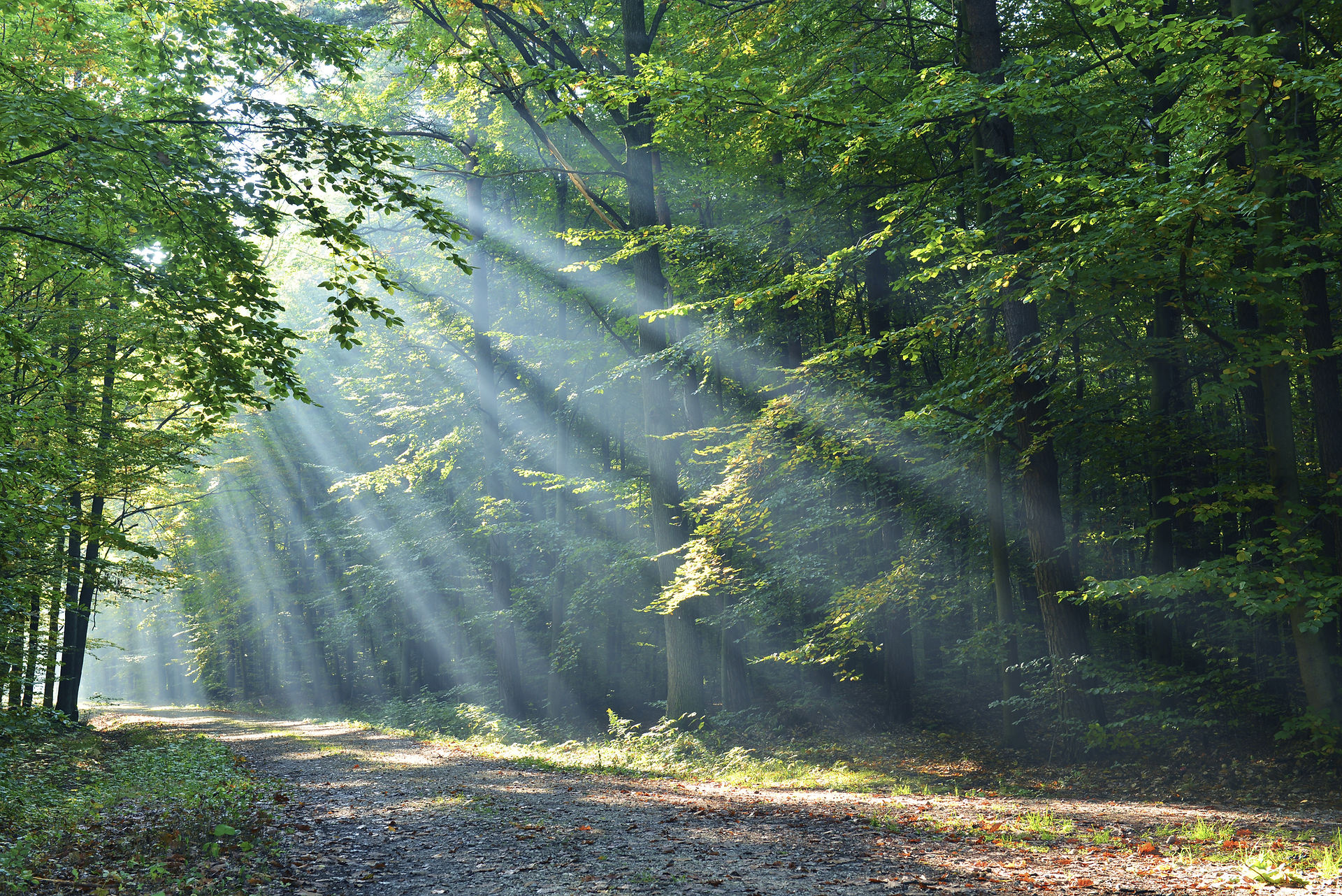- Granny Bonnet
Updated: Nov 3, 2023
Aurelia Ainsworthy
Have you been lucky enough to see Auriel? She is very shy and gentle: a protective witch. She roams in the quiet of forest and field with her rare and enchanting Golden Oriels.
Both she and her exotic feathered friends favour secluded Poplar groves where hidden together in the dapple of leaves, they can make uplifting magic undisturbed.

Rarely you may glimpse Aurelia walking waist-deep in meadow buttercups and sometimes she hovers wherever children hold the shining golden cups beneath each others' chins.
'Do you like butter?' they will ask.
If there is a golden reflection, the answer of course, is 'yes!'

*Buttercup appears to have some medical uses but results are uncertain and we are advised not to treat our ailments with them in case of blistering of the skin.
**According to the Druids. Poplars symbolized old age because some varieties have white hairs on or beneath the leaves which appear silver in the light. Though these trees stand at the edge of the afterlife, they are also associated with hope and the promise of revival.
Aurelia is the first witch available in Granny Bonnet's Alphabet of Witches Poster series. You can get one here!




